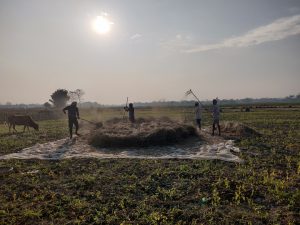Anthropogenic global warming significantly increased the chances of extreme fire weather in Australia, an international study has found.
The research, conducted by a team of climate scientists at World Weather Attribution, found that the devastating bushfires in Australia in 2019 and 2020 were at least 30% more likely because of climatic changes caused by humans.
At least 34 people were killed directly by the fires, predominantly in the southeast of the country. The fires also polluted the air, destroyed buildings and had a devastating impact on Australian wildlife. More than 11 million hectares, an area larger than Ireland, burned and the economic costs could run into the billions of dollars.
Many studies have examined whether climate change makes particular weather events around the world more likely. For example, it was found to have tripled the risk of extreme heat in a record-breaking hot period over northwest China in July 2015.
But Professor Geert Jan van Oldenborgh, an expert in climate and weather modelling at the Royal Netherlands Meteorological Institute, said the latest study, a collaboration by Australian, European and American universities and research institutes, was particularly complicated because it had to consider so many variables. To do this, it used the Fire Weather Index, which measures weather conditions that affect the risk of bushfires, such as temperature and drought.
The researchers found a direct link between human-caused climate change, extreme heat and the fires. But they were not able to directly link Australia’s record low annual rainfall in 2019 with climate change or the fires. If this link could be properly established, the increased risk of fires as a result of climate change would likely be much higher than 30%.
The researchers found that a week of particularly hot temperatures, such as that experienced in southeast Australia in December 2019, was ten times more likely now than in 1900, while heatwaves are already 1-2C hotter than they were a century ago.
Professor van Oldenborgh said models still struggle to reproduce extreme events and trends accurately. “We hope that in the future, climate models will improve and we’ll have a better estimation of heatwaves.”
He added that this is a problem even in Australia, which has good data collection and models. “In many parts of the world we would be able to give even less information, even if people are facing a real risk.”
We don’t need a study to know that climate change is happening, but to understand what climate change means where people live
Dr Friederike Otto of the University of Oxford’s Environmental Change Institute, who also contributed to the study, said it was important to publish scientific evidence at a time when the public and politicians are still talking about the bushfires and the role of anthropogenic climate change. “We do not need to do an attribution study to know that climate change is happening, but to understand what climate change means where people live… We have not ultimately answered that question but confirmed that climate change is indeed an important driver.”
The study also found that if global temperatures rise by 2C as a result of human-caused climate change, which looks likely, the weather conditions behind the fires would be at least four times more common. Dr Sophie Lewis, climate scientist at the University of New South Wales, another contributor, said climate change is now “part of Australia’s landscape”.
Despite these risks, Australia has proved reluctant to act. Scott Morrison, the country’s prime minister, has downplayed the role of climate change in exacerbating the bushfires and prefers to focus on adaptation and resilience rather than mitigating the problem.
Professor Mark Howden, director of the Australian National University’s Climate Change Institute, told China Dialogue that studies such as that produced by World Weather Attribution are likely to broadly confirm Australian public understanding of the link between unprecedented recent extreme fire seasons and climate change. “However, they are unlikely to alter the specific politics that is operating at the national level in relation to policies on climate change and the environment more broadly. There are already many experienced voices, including those of the firefighting agencies and of fire researchers who are spelling out the actions needed to address increased fire risk arising from climate change.”
Australia has been criticised for its lack of action on an international level too. During the December global climate talks in Madrid (COP25), its insistence on wanting to count over-performance in previous emission trading schemes towards future targets proved a roadblock to global agreement on carbon market rules.
Professor Howden says countries will be expected to spell out progress towards existing emission reduction targets more clearly at COP26 in Glasgow this December and to increase their ambitions. “Given the perspective of clear and negative consequences of climate change on Australia already, I expect the Australian public will be wanting our negotiators to take a positive and ambitious stance on these.”
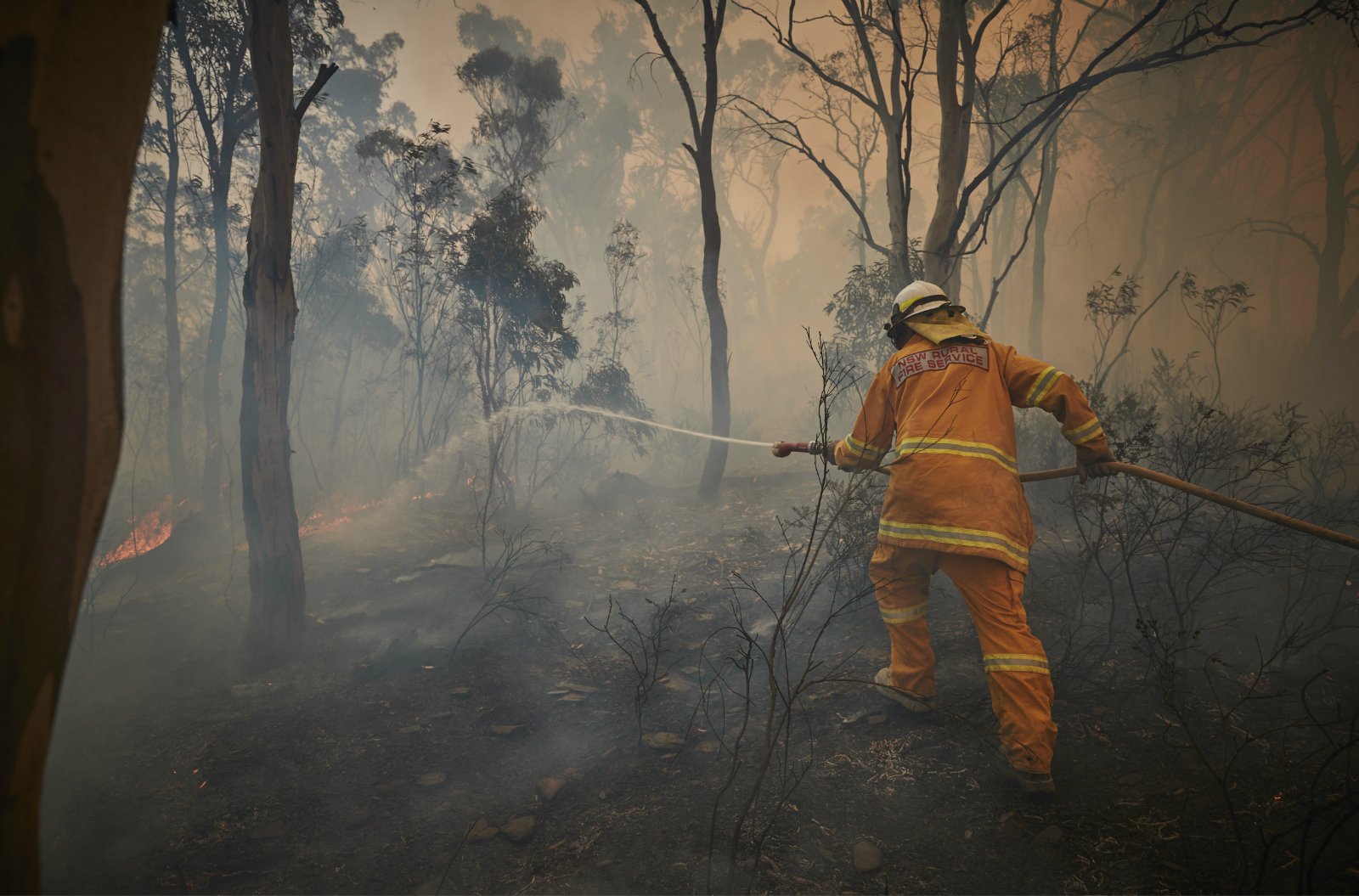
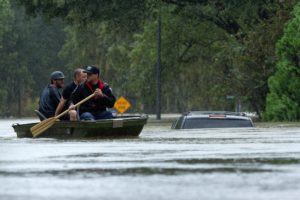
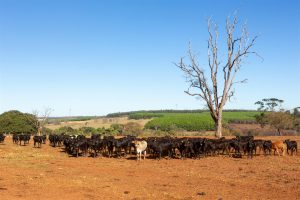
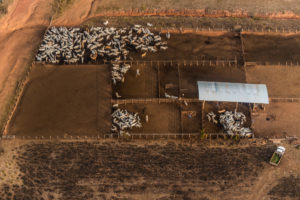
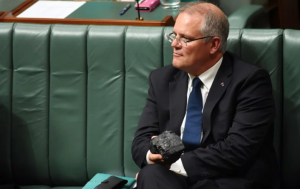
![Farmers carry a sack of harvested clover to feed their animals, near Khuspur village, Punjab Province, Pakistan [image: Alamy]](https://dialogue.earth/content/uploads/2020/03/E62ENH-300x200.jpg)

